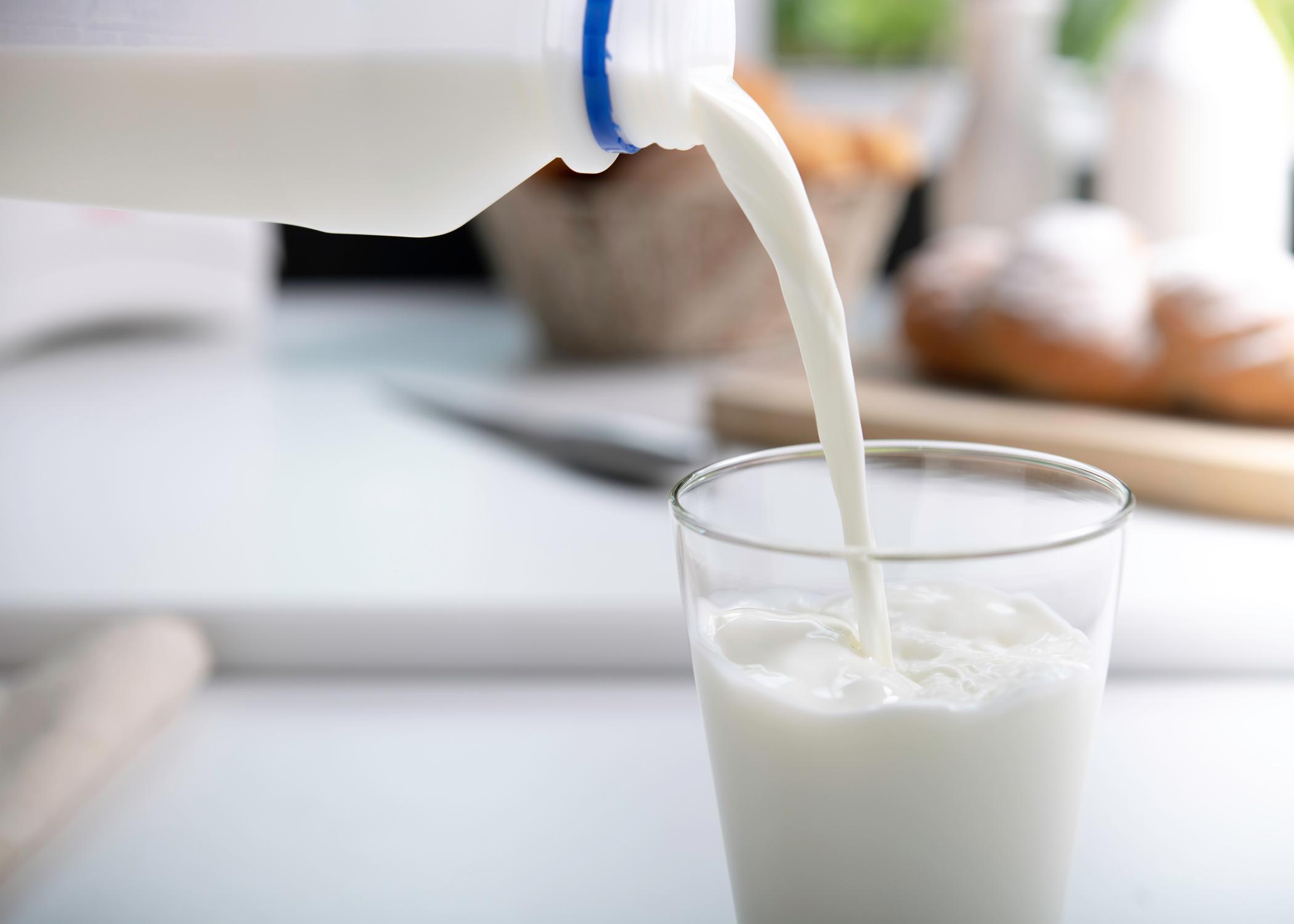Are You Washing Your Hands Correctly?
Video by Jonathan Parrish
Washing your hands the right way can help prevent food poisoning and stop the spread of colds, flu, and other germs. Follow these simple tips to keep yourself and others healthy.
When Should You Wash Your Hands?
- Always wash your hands before handling food, cooking, eating, or helping someone else eat
- Your hands should also be washed after you:
- Handle eggs or egg products
- Work with raw meat and then switch to handling produce (vegetables or fruit)
- Prepare or handle raw foods such as meats, seafood, and poultry
- Use the restroom
- Handle garbage or dirty dishes
- Smoke
- Change a diaper
- Cough or sneeze
- Touch animals or other people
- Blow your nose
- Touch your hair, body, or any open cuts or sores
- Use the phone, including a cell phone
- Use a laptop, computer, or iPad
- Handle dirty laundry
(NOTE: This list does not include all instances where handwashing is needed.)
What is the Correct Way to Wash Your Hands?
- Wet your hands with clean, running water. Not too hot. Not too cold. Warm water is just right!
- Lather up with soap, cleaning both hands (front and back), each finger, between the fingers, and under the nails.
- Scrub for 20 seconds. That’s as long as singing “Happy Birthday” twice or doing your favorite dance move!
- Rinse off all the soap and germs with running water.
- Air dry your hands or dry them with clean disposable paper towels or cloth towels.
Many people take proper handwashing for granted. However, handwashing is an easy way to support your health and the health of others.
For more on handwashing, visit the U.S. Centers for Disease Control and Prevention, the Academy of Nutrition and Dietetics, and FoodSafety.gov.
For more tips and information, visit extension.msstate.edu and join our MSU Extension and Wellness Facebook group!
Subscribe to Extension for Real Life
Fill in the information below to receive a weekly update of our blog posts.









